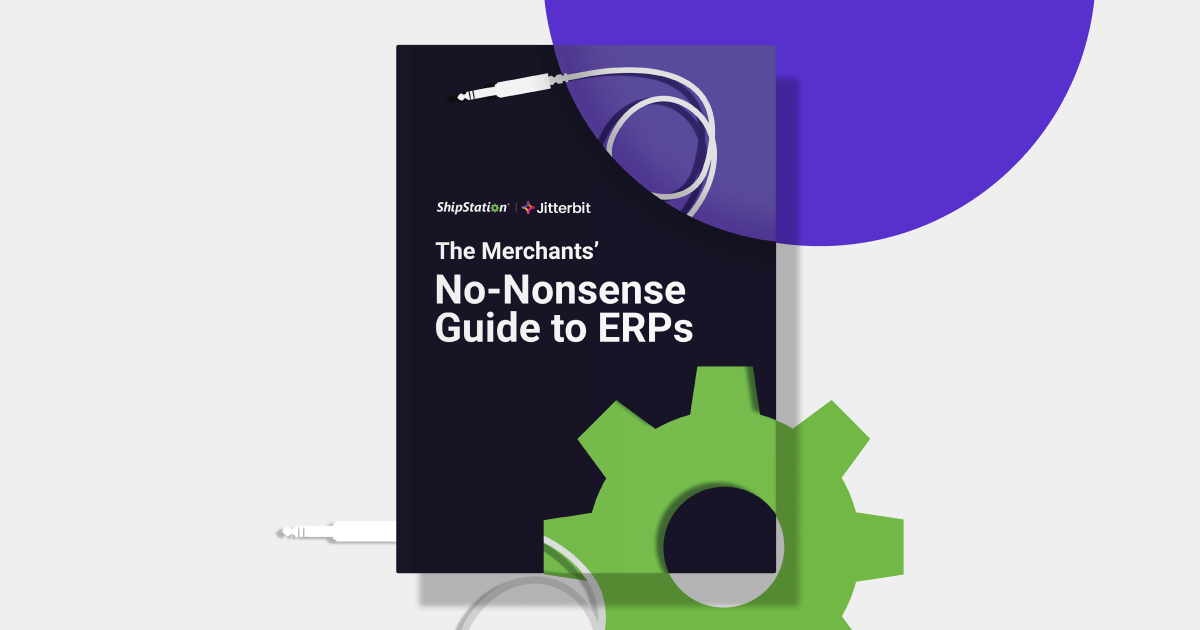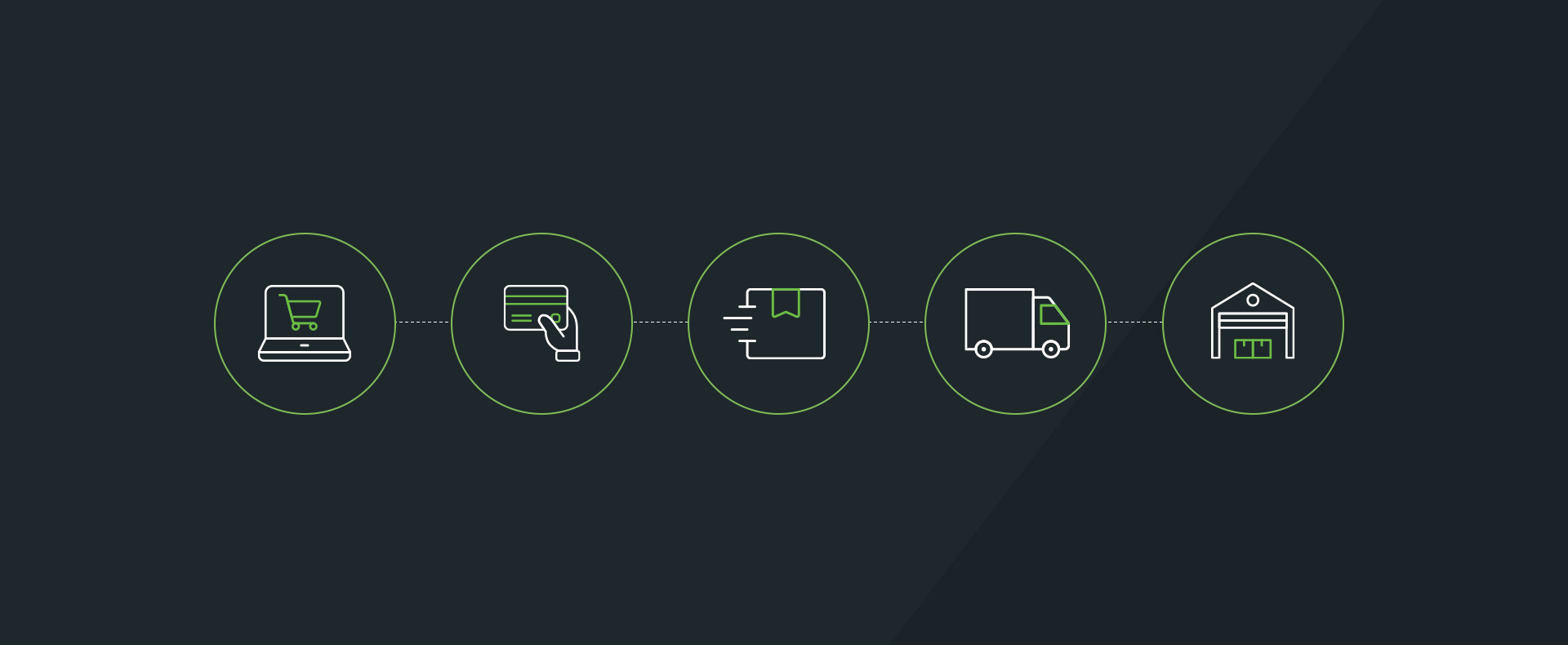How to Ensure Ecommerce Sales Tax Compliance During the Holidays
This blog was contributed by our partner Avalara. Avalara is a provider of automated tax compliance software.
![]()
The winter holiday season makes up 20-30% of annual sales for most retailers. Holiday spending is also expected to reach as high as $720 billion in 2018. With numbers like these, the holiday season is simply too big to fail.
To maximize profits, retailers need to get sales tax right. Unexpected (or incorrect) tax-related costs at checkout can dampen the holiday mood and lead to abandoned carts.
Below are five tips to help merchants get ecommerce sales tax right during the busy holiday season.
1. Know where you have nexus.
On June 21, 2018, in South Dakota v. Wayfair, Inc. the U.S. Supreme Court overruled the physical presence rule that once prevented states from taxing sales by remote sellers. (Remote sellers refers to retailers with no physical presence in the state.) Remote sellers now face new collection requirements in states that have adopted economic nexus laws.
Economic nexus requires a remote seller to collect and remit sales tax once it does a certain amount of a business in a state. For example, if a business does more than $100,000 in gross revenue in the state or 200 or more separate transactions. The thresholds differ from state to state, as does what comprises the thresholds. Some states include exempt sales, and some don’t. Some include intangible property and/or services, and some don’t.
These new economic nexus policies are having an enormous impact on ecommerce businesses that sell in multiple states. This state-by-state guide to sales tax economic nexus rules can help you determine where you have an obligation to collect sales tax.
2. Confirm what’s taxable and what’s exempt.
States frequently tweak product taxability rules, adding a sales tax exemption here, removing one there. Even without such periodic changes, the rules vary from state to state.
Most clothing, for example, is subject to state and local taxes in Louisiana and Texas. But during annual sales tax holidays, some of it is exempt. Clothing and footwear sold for less than $110 per item/pair is exempt from New York state sales tax, and subject to local tax in only in some New York counties.
Shipping and handling charges are sometimes taxable and sometimes exempt. Taxability often depends on the contents of the package. In California, if the sale is exempt, related delivery charges are exempt. However, if the sale is taxable, “delivery-related charges may be nontaxable, partially taxable, or fully taxable.”
Keeping product taxability rules current is essential but challenging, especially for businesses selling a variety of products into multiple states.
3. Polish your shopping cart.
It’s not enough for you to know where you have nexus and which transactions you need to collect tax on. Your ecommerce shopping cart needs to be able to transfer that information during each transaction.
At a minimum, most ecommerce businesses need a shopping cart that can…
- Deftly acquire new customers
- Recognize returning customers
- Display products/services
- Process orders, payments, and shipping requirements
- Get sales tax right
Accuracy is essential. Unfortunately, you can’t set up sales tax rates and rules into your shopping cart then forget about it. Because sales tax rates and rules change.
For example, 10 states started requiring certain remote sellers to collect and remit sales tax on October 1, 2018. And 12 additional states will do the same between November 1, 2018, and January 1, 2019. That’s a lot of new rates and rules to account for, smack-dab in the middle of the holiday season. Can your shopping cart handle it?
Consumers don’t have time to mess around during the holidays. If problems arise, customers will abandon shopping carts and may be gone for good. Your shopping cart needs to be in top form because it can make or break a sale.
4. Streamline exchanges and returns.
Not everyone likes or wants the gifts they receive. So returns and exchanges are especially common the weeks after the holidays. According to Optoro, a retail returns specialist, consumers returned approximately $90 billion worth of goods after the 2017 holiday season. And 2018 is likely to be no different.
Returns and exchanges can complicate ecommerce sales tax compliance for retailers. This is especially true for those doing business in multiple states since rules vary from state to state. In Connecticut for example, if a customer returns an item (with a receipt) within 90 days of the date of purchase, they’re refunded the cost of sales tax. However, sales tax will not be refunded if there is no receipt. Likewise, if a consumer returns a gift after 90 days from the date of purchase, even with a receipt, sales tax isn’t included in their refund.
Determining sales tax refunds is further complicated when you have to factor in rehandling or restocking fees.
5. Address ecommerce sales tax compliance challenges with sales tax automation.
With so much weighing on a successful holiday season, ecommerce merchants can’t afford to lose a sale. Automating sales tax calculation, collection, and remittance helps streamline the entire sales process. This helps to improve accuracy and make all aspects of ecommerce sales tax compliance much more manageable.






